
Indigo
What color is Indigo?
Indigo is a color that lies between blue and violet on the color spectrum.
This color is named after the natural dye obtained from the indigo plant, which has a deep purplish-blue hue.
Indigo is one of the seven colors of the rainbow, and it has a wavelength of about 420-450 nanometers.
It can vary in shade from a dark, almost blackish blue to a lighter, more vibrant blue with a hint of purple.
Indigo is associated with wisdom, devotion, justice, and higher knowledge.
Example of the palette with the Indigo color

See these colors in NCS, PANTONE, RAL palettes...
Example of the palette with the Indigo color

See these colors in NCS, PANTONE, RAL palettes...
What are the examples of Indigo color in life?
The dye that colors denim jeans and kimonos
The flower that gives the dye its name and hue
The rainbow where it shines as one of the seven
The night sky where it blends with stars and moon
It speaks of history, culture and art
Indigo is a color of creativity and magic
It sparks the imagination and the heart
Example of the palette with the Indigo color

See these colors in NCS, PANTONE, RAL palettes...
What looks best in Indigo?
Example of the palette with the Indigo color

See these colors in NCS, PANTONE, RAL palettes...
What strange or uncommon things can be of the Indigo color?
It is one of the seven colors of the rainbow, and also the name of a plant that produces a natural dye of the same hue.
Indigo has been used for centuries in various cultures and traditions, such as Buddhism, Hinduism, and Native American art.
Here are some strange or uncommon things that can be of the indigo color:
Indigo children: According to a pseudoscientific New Age concept, indigo children are children who are believed to possess special, unusual, and sometimes supernatural traits or abilities.
They are said to be more empathetic, creative, intuitive, and independent than their peers.
Some claim that they are the next stage of human evolution, while others view them as spiritually enlightened beings.
The term "indigo children" was coined by Nancy Ann Tappe, a self-proclaimed psychic and synesthete, who claimed to see auras and noticed that many children born in the 1970s and 1980s had indigo-colored auras.Indigo snake: The indigo snake is a large, non-venomous snake that can grow up to 2.5 meters in length.
It is native to the southeastern United States and northern Mexico, where it inhabits a variety of habitats, such as pine forests, swamps, and grasslands.
The snake gets its name from its shiny, iridescent black or dark blue scales, which reflect indigo hues in sunlight.
It is a powerful predator that feeds on rodents, birds, frogs, lizards, and even other snakes, including rattlesnakes.
The indigo snake is considered to be a threatened species due to habitat loss, persecution, and overcollection.Indigo bunting: The indigo bunting is a small, seed-eating bird in the cardinal family.
It is migratory, ranging from southern Canada to northern Florida during the breeding season, and from southern Florida to northern South America during the winter.
The male indigo bunting is a brilliant indigo blue, while the female is a dull brown with faint blue streaks.
The indigo bunting is a songbird that can learn and mimic the songs of other birds, such as goldfinches, sparrows, and warblers.
It is also a polygynous species, meaning that one male can mate with several females in a single breeding season.Indigo dye: Indigo dye is an organic compound that produces a distinctive blue color.
It is derived from the leaves of some plants of the Indigofera genus, which are native to tropical and subtropical regions of the world.
Indigo dye has been used for thousands of years to color fabrics, such as denim, cotton, silk, and wool.
It is also used for artistic purposes, such as painting, printing, and tattooing.
Indigo dye is unique in that it does not directly bond with the fabric, but rather undergoes a chemical reaction with oxygen that changes its color from green to blue.
This process is called vat dyeing, and it requires a special fermentation technique.
Example of the palette with the Indigo color
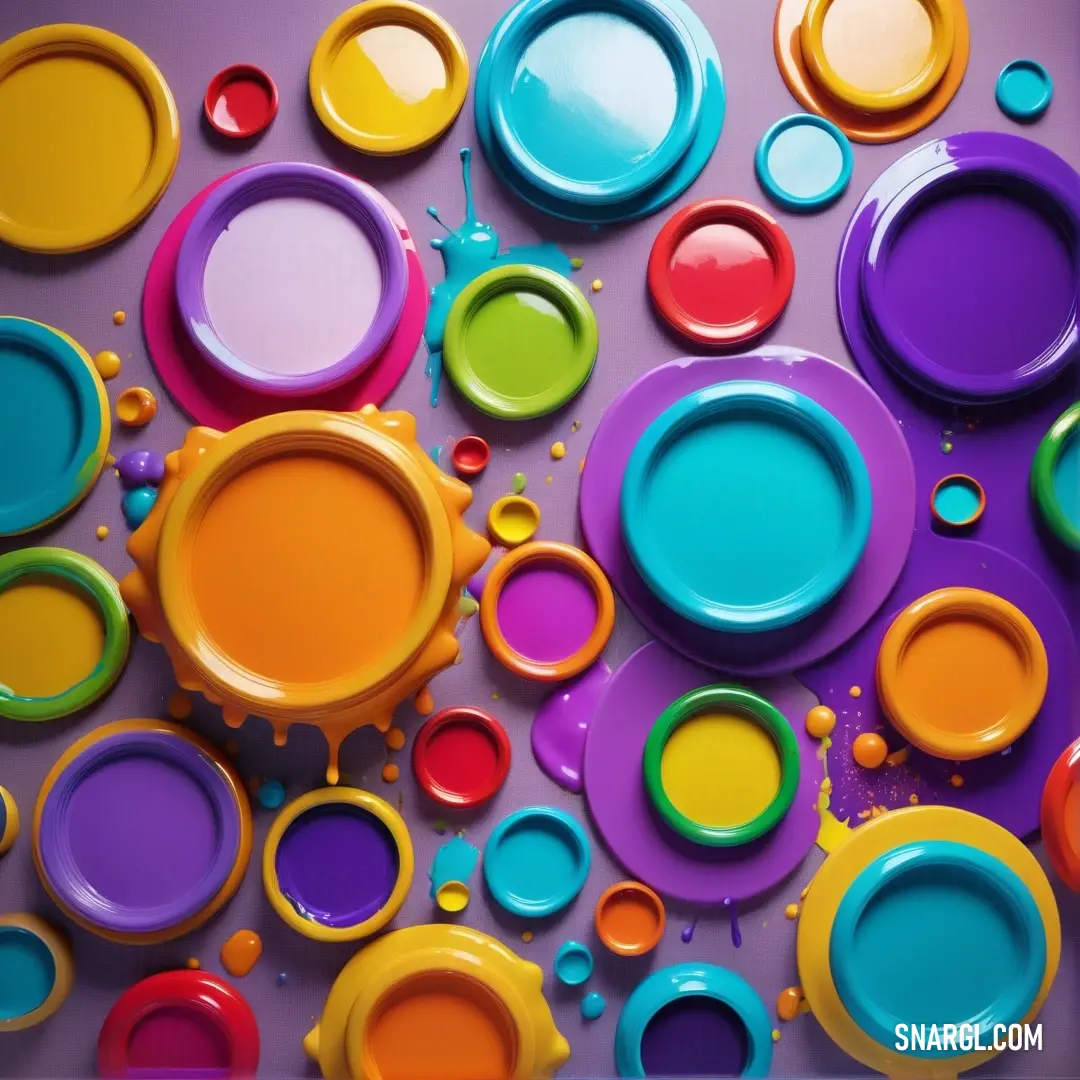
See these colors in NCS, PANTONE, RAL palettes...

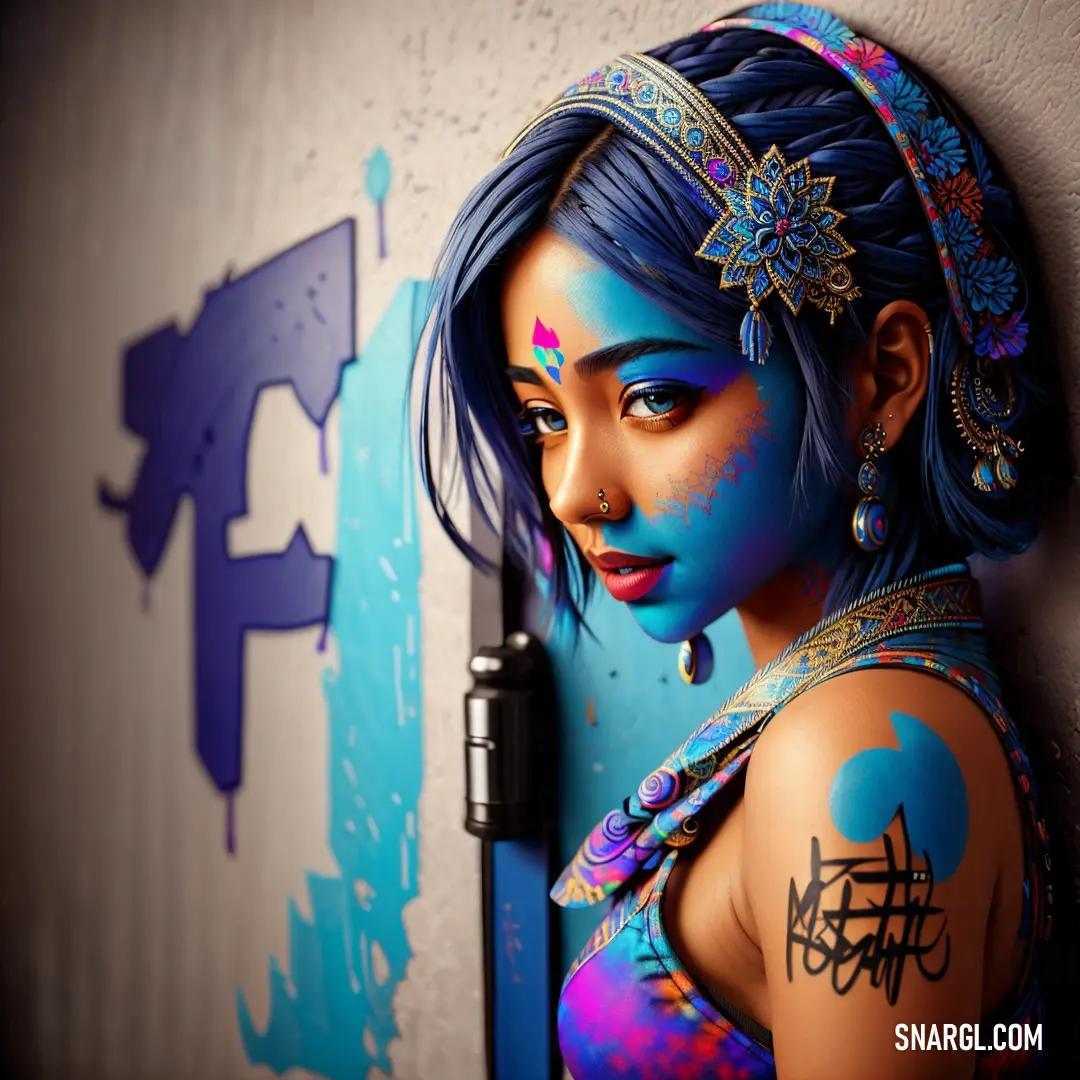








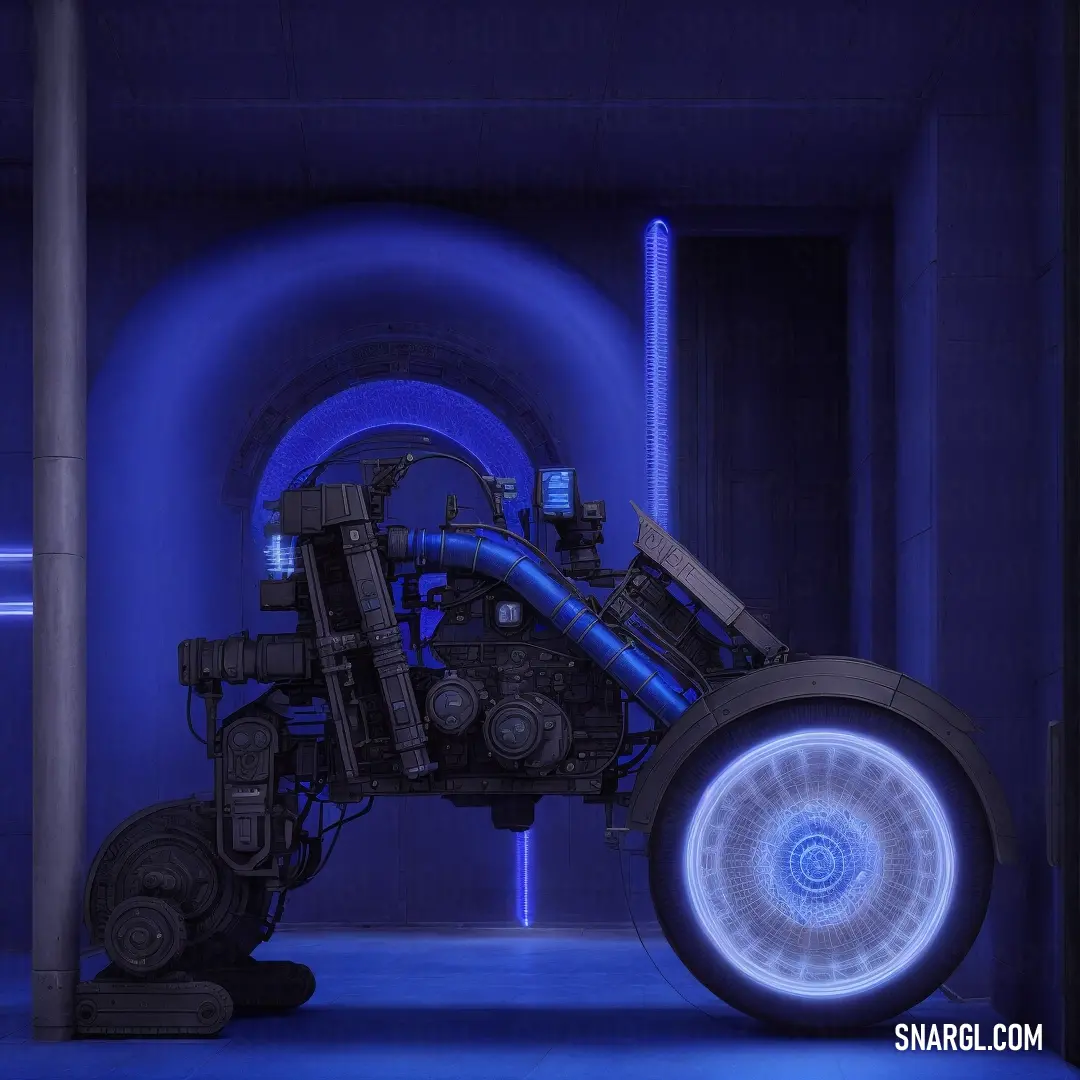


 Indigo
Indigo Taupe gray
Taupe gray Onyx
Onyx Topaz
Topaz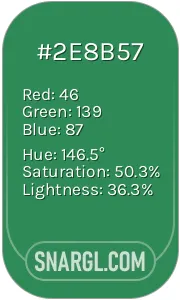 Sea Green
Sea Green Columbia blue
Columbia blue Light goldenrod yellow
Light goldenrod yellow Dark slate gray
Dark slate gray







 Deep lilac
Deep lilac Celeste
Celeste Bubble gum
Bubble gum Black
Black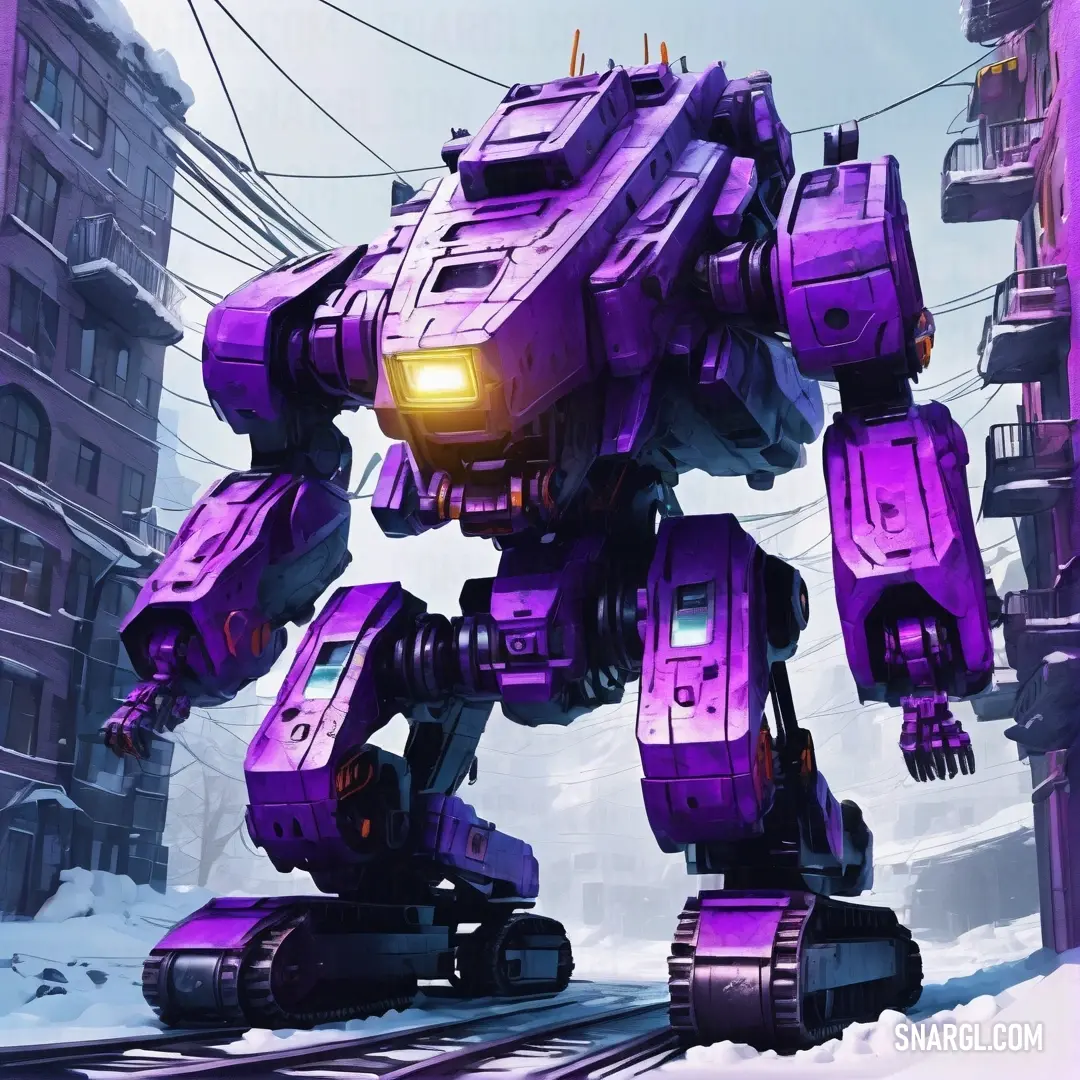
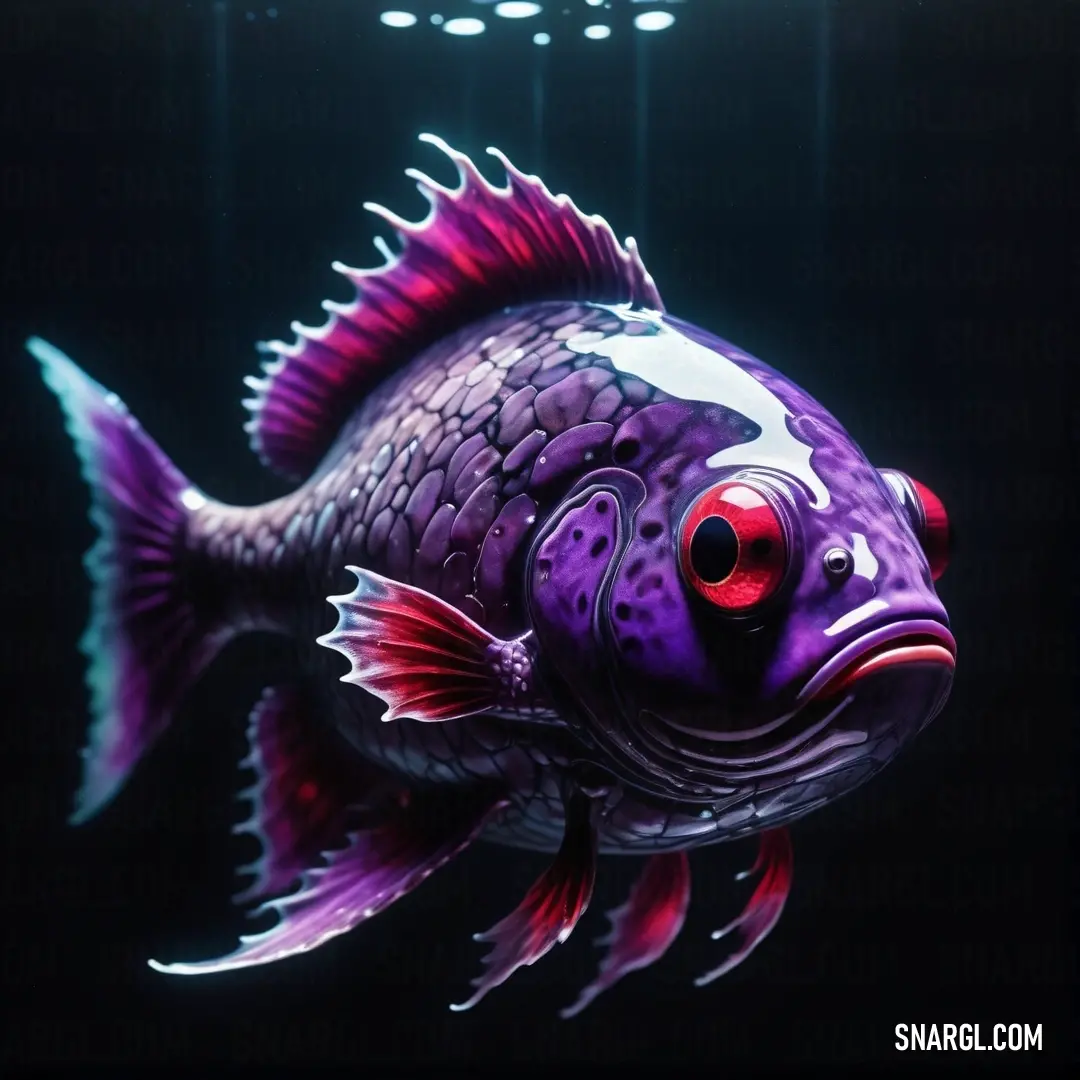


 Pastel violet
Pastel violet French lilac
French lilac Dark lava
Dark lava




 Citrine
Citrine Byzantine
Byzantine Dark turquoise
Dark turquoise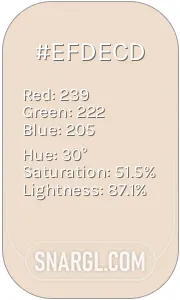 Almond
Almond







